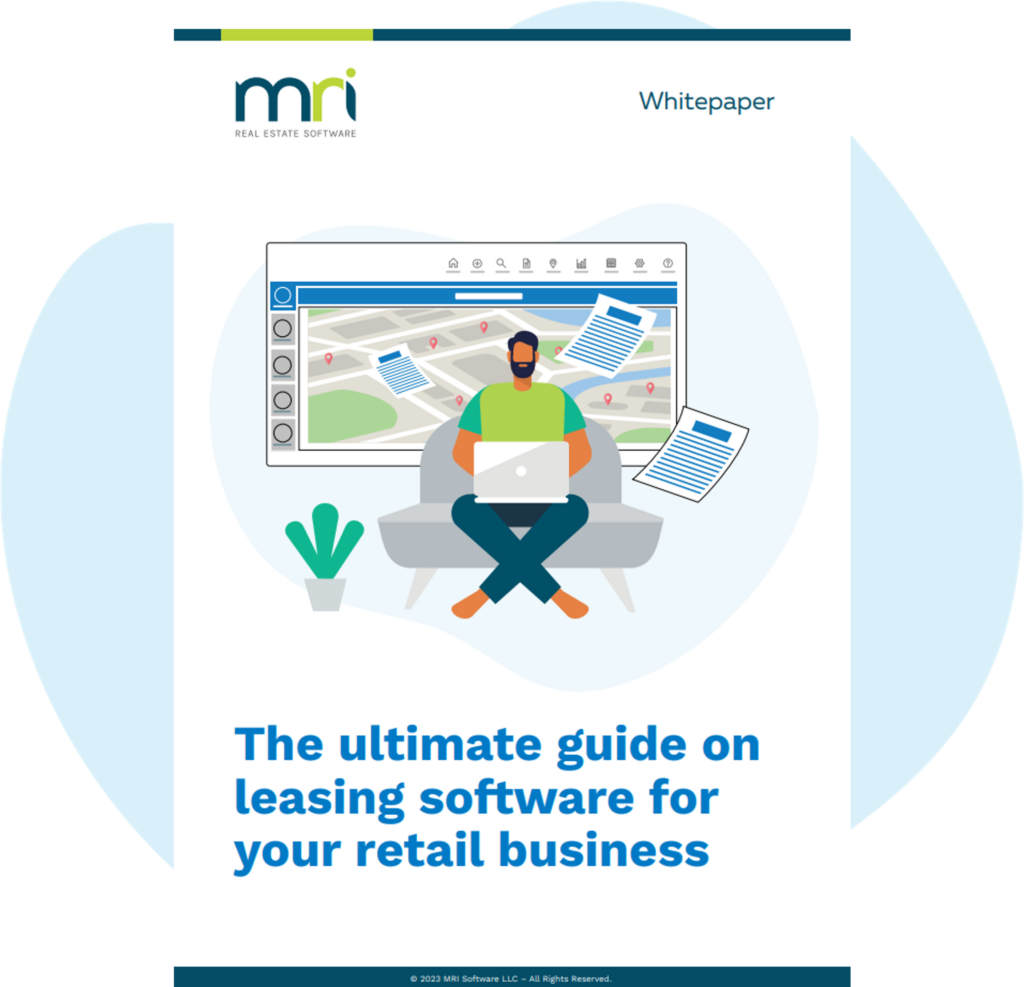What are the benefits of space management in the workplace?
For a majority of organisations across the globe, space is an all-too-precious commodity. With workplaces constantly evolving, whether that is in response to growth, incorporating technologies or adapting to the world around them, making sure all space is employed effectively is an ongoing concern.
Space management has become a core consideration for companies worldwide – it is all about optimising your work environment to work at maximum efficiency.
But exactly what benefits can a focused, software-driven approach to space management bring to your business? We explore 8 of the most useful advantages of this core strand of facilities management below.
1. Little-to-no wasted space
The standout benefit of space management in the workplace is ensuring that space is utilised to its fullest across your facilities.
Over time, it is natural for companies to find space at a premium. That could be due to an influx of new talent into the organisation, or a need to welcome a larger body of clients and customers at any given time. Regardless of the reason, when there’s a space shortage, companies feel compelled to consider pricey adaptations to their buildings, or even the prospect of relocating.
And office space comes at a cost – the average effective rent cost of office buildings in the UK grew 0.8% in the year leading to June 2020, a trend that has persisted for several years prior to this.
With these substantial costs in mind, being able to put every inch of your existing space to use can be a massive money-saver (not to mention the time it would take to complete any relocation or renovation).
By harnessing trusted space management software, you can develop a far stronger understanding of the available space across your properties. This can enable you, when space seems to be lacking, to examine your current dimensions and determine if there are areas that could be employed to better effect.
42% of global commercial office space is underused (JLL)
2. Know what space is used for at all times
In a similar vein, space management solutions will provide powerful insight into what spaces in your property are rarely occupied, and which are often heavily populated. Most companies will find that certain areas of their facilities, perhaps due to their proximity, capacity or visibility, are more regularly used, while others are hidden away, allowing the space they contain to go to waste.
Large organisations in England & Wales waste around £10 billion per year on wasted office space (abintra, 2018)
This can be problematic for a number of reasons:
- Underutilised space can be costing a significant amount to maintain and run, particularly in relation to unnecessary heating and lighting
- Not striking the right balance with spaces could hurt employees’ productivity levels, whether that is due to overcrowding or too much isolation
- In a post-COVID landscape, overly populated areas are likely to be viewed as dangerous by employees and visitors
Space management helps you to address any areas where occupancy levels are skewed one way or another, and the costs this inflicts on your company. Through this information, you can smartly allocate spaces to teams or departments, so nothing has to go to waste.
With access to meaningful spatial data, you can make direct changes that will allow your team to use space in the most efficient, applicable way right now, as well as moving forward…
3. Forward-plan for company growth
While growth is typically the goal for most organisations, some of the consequences of achieving that growth fly under the radar. The impact on space is one of these – as more people join a company, as more assets need to be stored, as more rooms and desks become occupied, the quicker space becomes a major issue.
This can be resolved through the right spatial data and trends provided by effective space management software. With this information, facility managers can forward plan the available space within their business, so when a new hire joins or more equipment is acquired, it has already been determined where they can go for optimal space usage.
Through this forward-planning, you will have a clearer understanding of when space truly does start to run out. This ensures that you take the significant step (and expense) of expanding your building or relocating when it is absolutely necessary, and not a second sooner.
Furthermore, a quick killer of productivity is the sound of a hammer and drill in the room next door. Construction work is an inevitability for any workspace, but that doesn’t mean it can’t be organised to cause the least disruption to employees.
With stronger space management, you can organise areas to be vacated while construction work is conducted, and which spaces can be employed during this period to minimise the impact on your workforce. You might even arrange work excursions or training days around these events.
4. Adapt the workplace for modern ways of working
The workplace has evolved significantly over the years. The days of crammed-in cubicles and locked-down desks are gradually coming to an end, as today’s employees show a preference towards flexible working environments:
- 42.5% of the global workforce will be made up of mobile employees by 2022 (Strategy Analytics)
- 70% of employees aged between 16 and 44 want to be more mobile at work (Fuze)
- Europe now has upwards of 255 million square feet of flexible working space (allwork)
Particularly at a time where remote working levels are higher than ever before, being able to incorporate and manage flexible working practices future-proofs your company for the next generation of employees, which can bolster your ability to recruit top talent to your team.
Moreover, space management software doesn’t just broaden your horizons into these ways of working. By supplying real-time data to your team, you can make departmental moves and adjustments seamlessly with the aim of improving your team’s productivity and satisfaction levels.
Fundamentally, this will bolster your business’s ability to be agile, and flexible to the long-term wants and needs of your workforce.
5. Increase energy efficiency
Did you know that £60 million is wasted in office buildings every year on energy costs?
While there are a variety of factors contributing to this unwanted expense, one that shouldn’t be underestimated is the amount of energy devoted to unoccupied space. If an area of your facilities is rarely occupied by your workforce throughout the day, then it doesn’t make financial sense for these areas to receive heating, lighting, air conditioning and more.
By tying space management and energy management solutions together, you can pinpoint areas that less frequently require energy to be devoted to them, and pull the plug on these. You save money on your energy usage, and benefit the environment at the same time.
6. Boost employee satisfaction levels
We all understand that a happy, fulfilled employee is typically a productive employee. How comfortable they feel in their workplace goes a long way in determining their satisfaction levels:
37% of candidates will accept jobs on lower salaries if the company offers appealing culture, workplace facilities and technology (Hassell & Empirica Research)
With the battle to recruit and retain talent tougher than ever, being able to provide workspaces that meet your employees’ needs is a powerful way to endear them to your organisation.
This could be establishing dedicated “silent” spaces so employees can focus on their work without risk of being disturbed, comfortable creative zones designed to spark ideas, or welcoming communal spaces where your team can unwind and socialise.
Space management software can enable you to allocate these spaces with ease, so you can build your space strategy around your workforce, rather than force them to fit into a rigid structure.
There are over 35,000 flexible workspaces globally, with increases year-on-year (allwork)
7. Protect the wellbeing of your workforce
As we feel the fallout from the COVID-19 outbreak, there is no question that the pandemic has left a potentially permanent impression on how space is organised in the workplace.
With social distancing firmly fixed in our minds, people will be more conscious than ever about how closely they may be crammed into rooms or communal areas, and the ramifications this could have on their health. Companies that don’t take this into consideration could unwittingly present an uncaring attitude towards their staff, and discourage any prospective recruits.
Only 12% want a return to full-time office work post-COVID, while 72% would prefer a hybrid remote-office model (Slack)
Space management will enable workplaces to optimally allocate space across their site to ensure employees can be spread out as safely as possible, as well as accommodate for any application of hot-desking or flexible working.
This will demonstrate to your team that you have their wellbeing at the forefront of your thoughts, increasing their trust in the responsibility of your organisation. This will both strengthen their relationship to your company, and inspire them to work as productively as possible in these strange circumstances.
The immediate future of workplaces is founded on providing comfortable, secure environments in a time of worldwide uncertainty. Space management helps you achieve that, giving your team much sought-after reassurance.
8. A foundation for total facilities management
Our final standout benefit of space management software is the platform this technology forms for your full array of facilities management requirements. A strong, thorough understanding of how space is used within your building and ways that this can be best optimised, lays the groundwork for several other responsibilities, such as:
- Occupancy management – Directing occupancy levels across your workplace, so any areas of minimal occupancy can be addressed to minimise any wasted expenditure
- Move management – Organising everything from how employees move from one location to another on-site, to directing relocations and refurbishments
- Meetings and reservations – Knowing what space is available at a given place and time will enable people to highlight appropriate rooms for meetings and other activities, and book these well in advance
- Maintenance management – By visualising all space found within your facilities, you can more effectively guide your engineers, technicians and cleaners to locate their tasks and perform maintenance work more efficiently
Moreover, the combination of space management technology and BIM 3d modelling often proves to be a perfect partnership. Using this technology to clearly depict the layout of your building will offer a powerful indication into what rooms or areas are not making the most of the space they contain, so you can contemplate how you will address these inefficiencies.
Apply Space Smarter Throughout Your Facilities
Now you’re fully up to speed on the critical benefits that stronger space management can bring to your organisation, the next step is finding software that helps you optimise, adapt and allocate like never before.
A space management solution that:
- Delivers spatial data in real-time
- Seamlessly integrates with your existing technologies
- Enables you to forecast and strategically plan space usage
- Provide digestible, meaningful reports
- Contains all essential information in one, accessible location
Space Management Software
Capture current trends and drive down costs with effective space management software

Our space management software delivers this and so much more. It empowers organisations to profit from effective space planning, and make informed choices about the footprint your business occupies.
Start putting space to work in your business – speak to our team today for more details.
The Ultimate Guide on Leasing Software for Your Retail Business
The retail industry is an ever-evolving landscape, with new challenges emerging every day. One of the most critical aspects of retail operations is leasing, which involves managing large amounts of property and lease data, tracking important lease-re…

